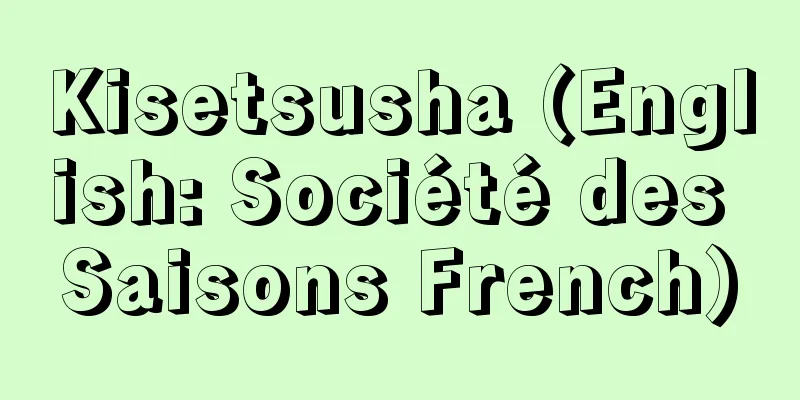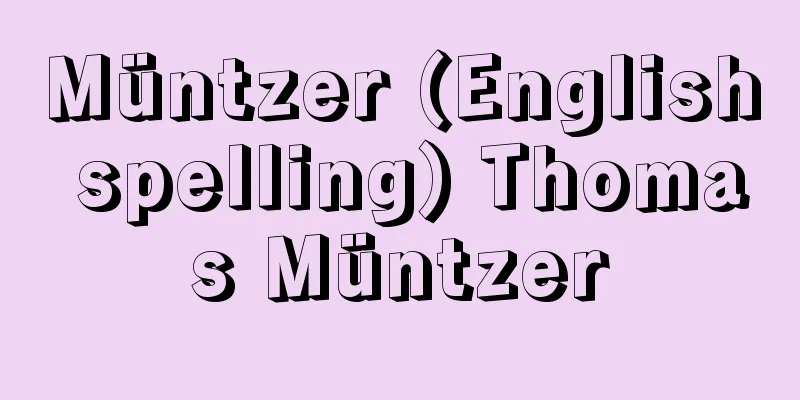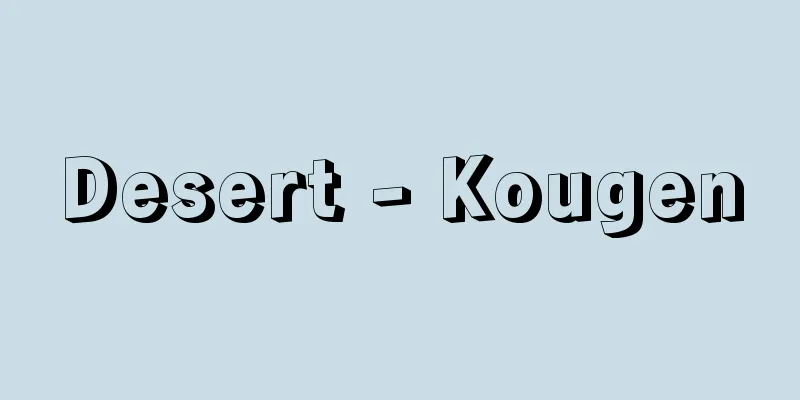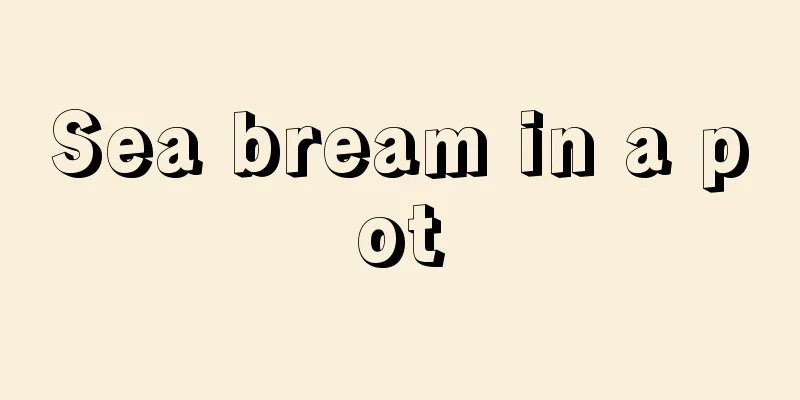"Peacock Sutra Proverbs" - Kujakukyoongi

|
...However, Japanese syllable tables are often created by expanding this traditional 50-sound chart because its organization is organized vertically and horizontally according to the common pronunciation of the characters. It corresponds to historical facts that have been respected in the study of the Japanese language since ancient times, such as etymology, word definitions, grammar, kana spelling, and conjugation. Furthermore, the history of the chart's origin, transmission, and use well demonstrates its usefulness. The oldest surviving diagram is found in the "Kujiyaku Kyo Ongi" (Peacock Sutra) owned by Daigoji Temple and dates from the beginning of the 11th century. There are several theories about its origin, including that it came from Siddham (Oya Toru), that it was not made for the purpose of Japanese language but for the study of foreign languages, particularly the hansetsu (recitation of Chinese characters) (Hashimoto Shinkichi), that it originated from Confucianism and was a diagram using kana to simply show hansetsu (recitation of Chinese characters), which developed into something that is sufficient to clarify the phonetic structure of Japanese speech (Yamada Takao), and that it was made as a template for Siddham symbols to make Siddham hansetsu easier to understand (Konishi Jinichi). However, considering the timing of its creation, the purpose or implications of its subsequent development, and the diversity of its practical applications, it is natural that the legend that attributes the creator to Kibi no Makibi himself is doubtful, but no conclusive conclusion can be made from existing materials alone. In any case, the order of lines and columns in the old charts is all over the place, and it is clear that the arrangement was inspired by the order of vowels and consonants in the Siddham scriptures, but there is no doubt that at the root of it was a reflection on the sounds of Chinese characters and the Japanese language. *Some of the terminology explanations that refer to "The Sound of the Peacock Sutra" are listed below. Source | Heibonsha World Encyclopedia 2nd Edition | Information |
|
…しかし,この伝統的な五十音図の拡充という方法によって,日本語の音節表が作成されることが多いのは,その組織が,字の発音の共通性に従って,縦横に整備しているからで,古来,語源,語釈,てにをは,仮名遣い,活用など国語の研究において尊重された歴史的事実と照応するが,さらにこの図の発生,伝承,実用の沿革が有用性をよく物語る。現存最古の図は醍醐寺蔵の《孔雀経音義(くじやくきようおんぎ)》に見えるもので11世紀初めのものであるが,その起源について悉曇(しつたん)から出たという説(大矢透),国語のために作られたのではなく,外国語学ことに漢字音の反切(はんせつ)のために作られたとする説(橋本進吉),儒家に端を発し,反音を簡明に示すために仮名を用いた図が,日本の語音の組織を明らかにするに足るものに発展したとする説(山田孝雄),悉曇反音を理解しやすくするために悉曇章のひな形を示すものとして作ったとする説(小西甚一)などがあるが,発生の契機や,その後の整備の目的とか暗示,また実用例の多様性を考えると,作者を吉備真備(きびのまきび)個人に帰する伝説が疑わしいことは当然にしても,現存の資料だけからは,決定的な断案が下されない。とにかく,古い図では,行・段の順がまちまちであり,悉曇の母音,子音の順に暗示を得た整理の事実は判然としているが,根底に漢字音や国語の音についての省察が存したことも疑うことができない。… ※「《孔雀経音義》」について言及している用語解説の一部を掲載しています。 出典|株式会社平凡社世界大百科事典 第2版について | 情報 |
<<: Peacock Sutra - Kujakukyoho
>>: Peacock turtle - Peacock turtle
Recommend
relay computer
...The feasibility of introducing a relay exchang...
Diplomatic marriage - gaikokon
A marriage performed in an embassy in a foreign co...
Method of dating - Nendaiiketteiho
In archaeology, there are two methods for determin...
The exterior of the room (English)
…There are two regional associations: the Associa...
art theatre
...The name "Art Theatre Guild" was coi...
Apartment complex - shuugoujutaku
An apartment building is one in which many reside...
Saccocirrus kuroshioalis (English spelling)
… [Minoru Imajima]. … *Some of the terminology th...
Environmental Pollution
It refers to the contamination of the natural env...
Carbonyl iron - Carbonyl tetsu (English spelling) iron carbonyl
A compound of iron and carbon monoxide. Three type...
Demon - Kibutsu
〘 noun 〙 Something terrifying and mysterious. A mo...
humor
…The original word for English humor (or humor in...
Halicystis
…The life cycle is unique, and the zoospores with...
Aizu War - Aizu Senso
A war that took place in late August to late Sept...
Oyakumoi - Oyakumoi
…With the king at the top, there were ministers c...
Khaddar
…Khaddar, also known as hand-woven cotton cloth, ...
![Shiga [village] - Shiga](/upload/images/67cbbb7c5d62c.webp)






![Ichihasama [town] - Ichihasama](/upload/images/67caed16057bb.webp)

